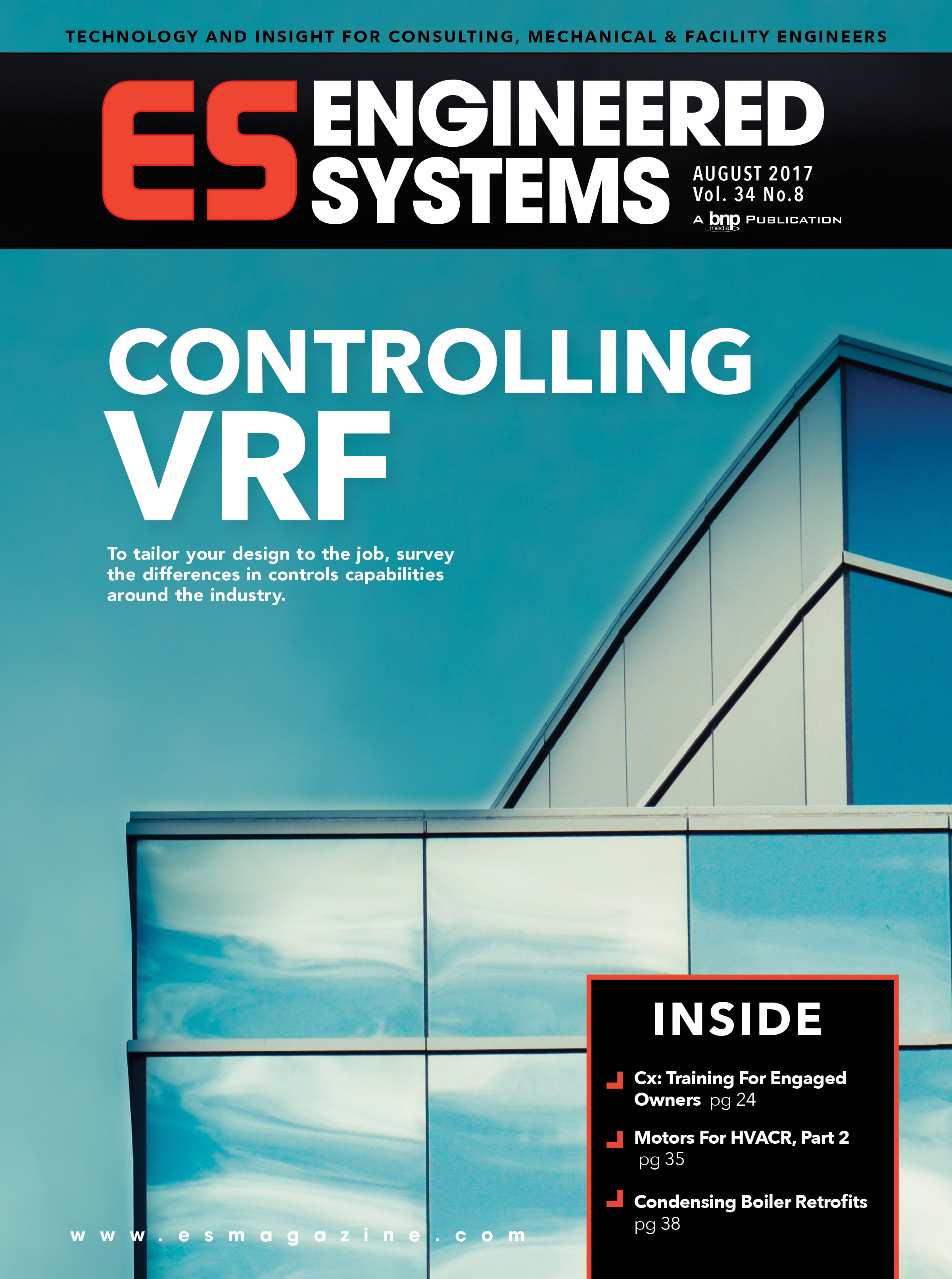Recommissioning: A Definition
The term recommissioning applies only to buildings that have previously been commissioned or retro-commissioned. The original commissioning process documented that the building systems performed as intended at one point in time. The intent of recommissioning is to help ensure that the benefits of the initial commissioning process endure.The recommissioning process involves revisiting the systems at regular intervals and checking/retesting systems using the same checklists and test procedures used during the original commissioning or retro-commissioning project. This periodic retesting should become part of the normal preventive maintenance plan initiated through whatever work-order system an owner has in place. In this way, recommissioning is seen not as something special or something that can be done "if there is time" but as a fundamental business-as-usual process.
How often should recommissioning tests be performed? That will vary from system to system, building to building, and owner to owner and depends on a number of factors, including:
- How critical is proper system performance to the owner?
- How will the improper performance of a system impact the performance of other systems?
- How frequently are parts of the building renovated?
- How frequently do space occupants and/or usage change?
- What is the energy cost impact of improperly performing systems?
When, What, How, And Why
Typically, owners should consider annual, semiannual, or seasonal retesting of major central systems such as chilled water generation and distribution; boilers, heat exchangers, and associated distribution systems; and large air-handling units. Terminal units and other systems serving smaller zones may be tested every one to three years, depending on the dynamic nature of the building.The key to incorporating recommissioning activities into "business as usual" is to compile a list of tests to be conducted and their respective frequency and then to spread the tests across the entire year. In this way, many of the repetitive system tests will be performed two or three times per week and not be considered an onerous undertaking.
These test procedures can result in a secondary benefit by providing a hands-on training process for new operations staff. Perhaps the first assignment new maintenance engineers are given will be to participate in a variety of retests in order to learn and understand the intended system operation.
I should also say that recommissioning activities are not something that can be "slipped into" a preventive maintenance program without anyone noticing.
Retesting involves a finite period of time to perform and document the procedures, and most operations organizations don't have excess time to fill. Therefore, recommissioning needs to be an organizational priority, with appropriate resources allocated to the effort.
The benefits of recommissioning (i.e., the answer to management's question, "Why should we pay for this?") include:
- Continued energy savings associated with properly operating systems.
- Continued safe operation of critical spaces such as laboratories.
- Continued environmental control criteria adherence for critical spaces such as cleanrooms, museums, archives, etc.
- Documented proper ventilation system operation to help avoid IAQ complaints and litigation.
- Extended life expectancy of equipment through the periodic verification of proper operating parameters.
Recommissioning is critical for verifying that the systems continue to function at their peak efficiency and effectiveness throughout their lives. In addition, it recognizes the importance of documenting inevitable building changes and their effect on the systems serving the building. Recommissioning will prevent the building from spiraling out of control and triggering the need to start over again with a new retro-commissioning process. ES


